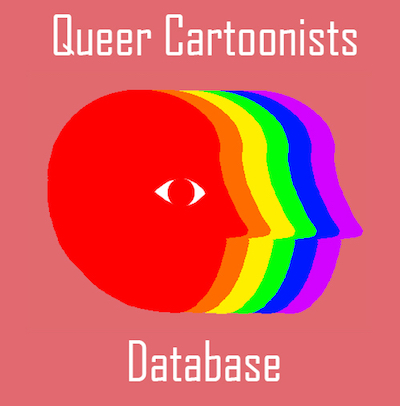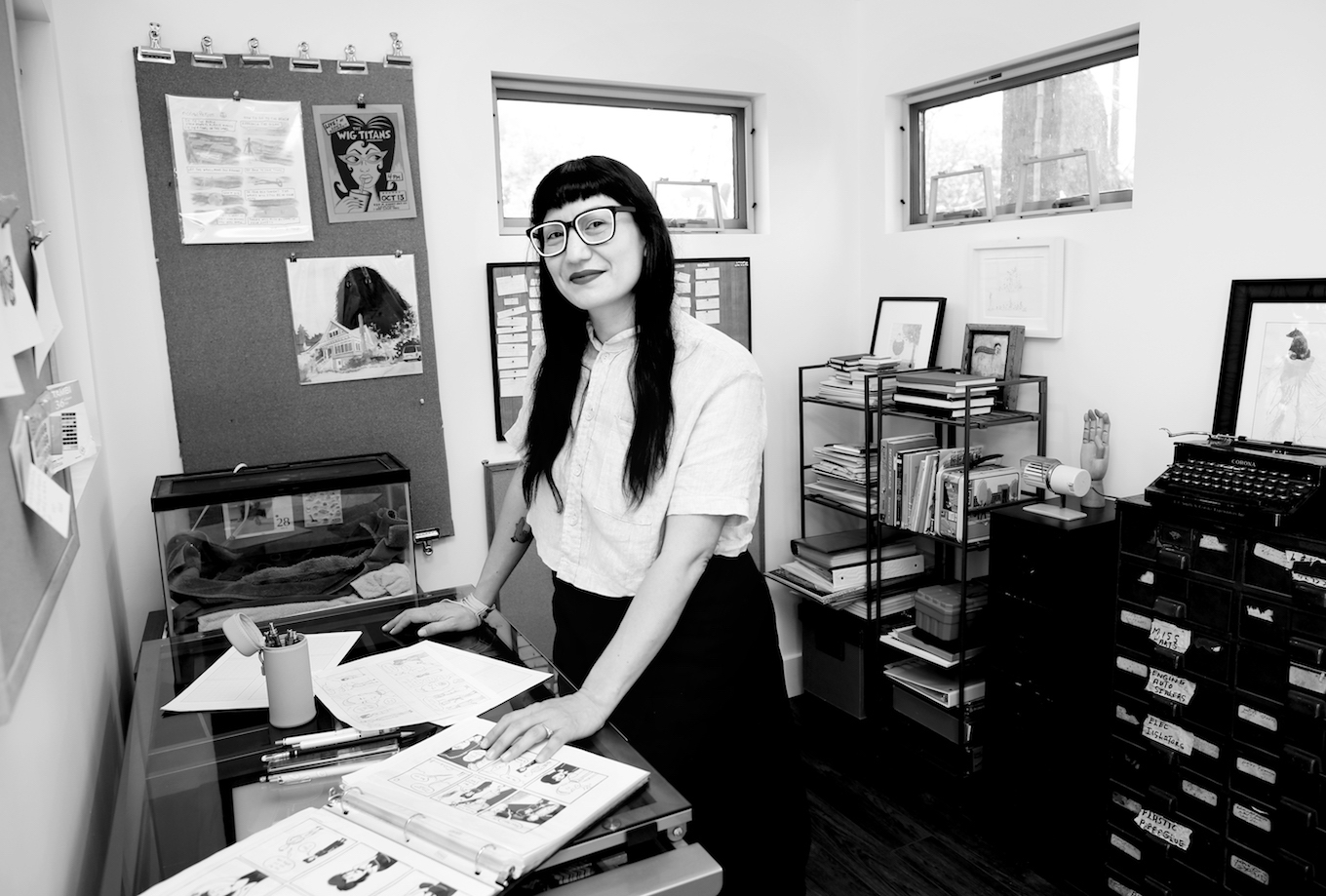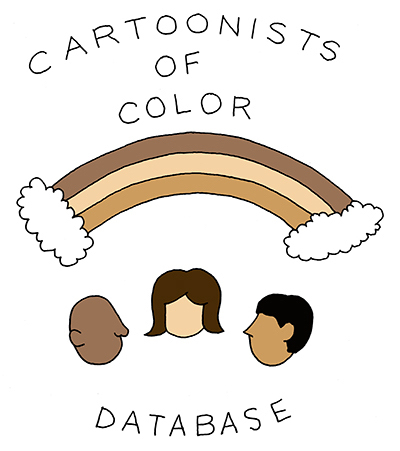There’s no denying marginalized people have a long history of being told their voices and creativity are irrelevant. All too often we see amazing and inspirational crowdfunding projects from creators of color and LGBTQ creators go unnoticed and unfunded. For this creative economy to grow, it’s important for us all to not only recognize, but to actually support all types of creators who are striving to turn their ideas into reality.
During this year’s XOXO Fest in Portland, I crossed paths with author and illustrator MariNaomi who is also the founder of the Cartoonists of Color Database and the Queer Cartoonists Database. These databases are maintained by MariNaomi as a way to spotlight marginalized comics creators giving people a way to connect, share experiences, and listen to a variety of perspectives. It’s also a wonderful resource for book publishers to recruit talent, booksellers to stock their shelves, and for visitors to find new and exciting books to read.
I recently had the opportunity to chat with MariNaomi to learn more about her databases:
At what point did you realize you were going to create the Cartoonists of Color Database?
I was writing an article about how to write people of color if you happen to be a person of another color, and I wanted to get input from some fellow cartoonists of color—advice on things to avoid, how to reach out, that sort of thing. Researching my colleagues online, I found very little information about PoC, so I started to investigate and make a list of folks for myself. As the list grew, I realized how important something like this would be to share. I remember the exact moment when my stomach sank upon realizing the large task I was getting myself into. But I knew I had to do it.
Since you created the database in 2014, what are some positive changes you’ve seen happen for creators of color?
There has been a lot of change in the past few years, in both comics and other media! Such a wealth of books about marginalized people, and Hollywood seems to be following suit. At first, I worried the diversity thing was just going to be a fad, but after several years, I’m getting hopeful that instead of a phase, it’s a direction. I personally have always been interested in hearing stories that are unlike my own (in addition to craving representation from people who are like myself). These are exciting times.
You also manage the Queer Cartoonists Database. What inspired you to start yet another database for cartoonists?
When I came up with the idea for the Cartoonists of Color database, I knew I wanted to also make a database of queer creators, but I was uncertain as to how to go about it—I didn’t want to accidentally out anyone. I launched CoC first, but I already had a list for QC before the CoC launch. I just had to figure out how to go about it delicately. In the end, I chose to allow anyone to add to the CoC, but queer creators had to opt in themselves to be added to the QCD. I’ve also had other databases on my mind, such as a database of creators with disabilities, but I just haven’t had the time to put one together. Can you share some of the feedback you’ve received from cartoonists who explore your databases?
Can you share some of the feedback you’ve received from cartoonists who explore your databases?
From what I’ve heard, the databases are mostly used by folks looking to discover new creators: comics readers, bookstore owners, librarians, editors, folks putting together conventions, community organizers looking for folks to be on panels and lead workshops, that sort of thing. A former student of mine told me she got her first art gallery show from someone who found her on the Queer Cartoonists Database, which felt like such a success to me! I’ve also heard from lots and lots of folks who have gotten paying work from the databases.
Do you see many of the artists in your databases use crowdfunding platforms such as Kickstarter and/or Patreon to fund their projects?
When I’m doing updates, I constantly see marginalized folks with underfunded Kickstarters and low-earning Patreons. It makes me so sad that I can’t contribute to all of them, but hopefully by showcasing them (and their Patreon links) I’m helping them get a bit of visibility.
How do you view the current state of crowdfunding for creators of color?
Gosh, I don’t know! If I knew the secret to this, perhaps I would have more patrons on my own Patreon.
How do you see the Cartoonists of Color Database and Queer Cartoonists Database evolving over the next few years?
Honestly, I’m at maximum capacity for growth right now. It’s all I can do to maintain them with monthly updates, and as they grow, the updates may become even less frequent. I’ve been talking with the programmer I’ve been working with about making the input process a bit quicker and making minor improvements on the sites, but he’s also at max capacity lately. I’m not sure where this will go, or for how much longer it will be sustainable.
MariNaomi’s databases are a good place to browse and discover the work and talent of marginalized creators, many of which have run a Kickstarter project and/or have an existing Patreon page. Combined, these databases feature over 1,500 creators and growing, and are completely free to the public.
Visit the Cartoonists of Color Database and the Queer Cartoonists Database today. And check out MariNaomi’s Patreon page to lend your support.
Do you or someone you know have a Kickstarter project that needs funding? If so, head to The Creative Fund on Patreon to help significantly raise funds for a creator of your choice!
*Photo by Rachel Framingheddu Murray

